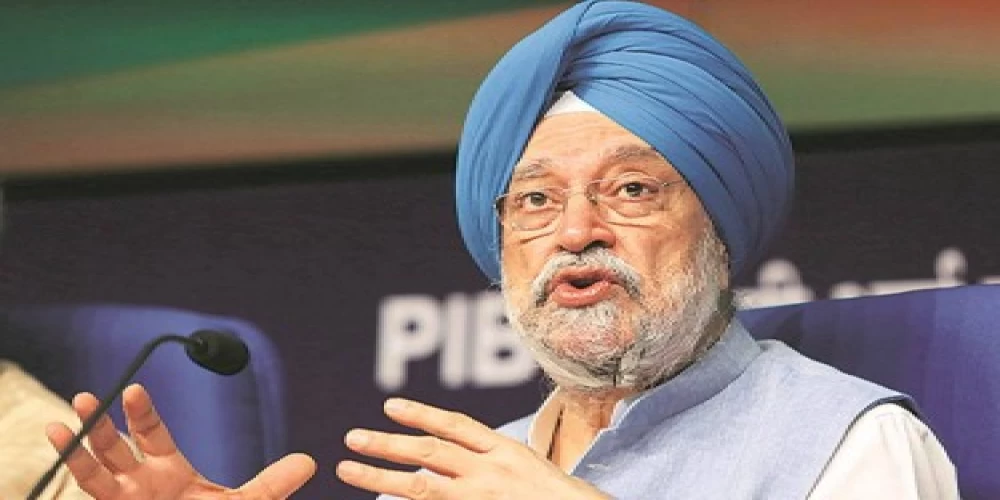
The urban space is being transformed at a rapid pace with the increasing use of technology. That is the way forward, writes Union Minister Hardeep S Puri.
Three major flagship missions of the Ministry of Housing and Urban Affairs complete six years since their launch on 25 June, 2015. The Pradhan Mantri Awas Yojana (Urban), Atal Mission for Rejuvenation and Urban Transformation (AMRUT), Smart Cities Mission, were all launched on that day. These constitute a fascinating experiment involving a paradigm shift, subtle in its messaging but seminal in its impact. The Government under the leadership of Prime Minister Narendra Modi is re-writing the way citizens of the country define their future. The urban landscape is defined by cities and the cities, in turn, are defined by the people who inhabit them. The collective will and wisdom of the people craft the cities, through its decision makers. One of the most radical departures post May 2014, was the actual invocation of the spirit of cooperative federalism. Each of the Missions delegated the powers to the states to appraise and approve projects.
Earlier, every project was appraised and approved in Delhi, in the Ministry, giving scant regard to the fact that equally competent officials work in the states and the state leadership is to be trusted to take decisions in the interests of its citizens. This major step of building trust between the states and the central Government yielded results. In the ten years of the UPA from 2004 to 2014, the total investment in the urban sector was around Rs 1,57,000 crore while in the seven years of the NDA from 2014 to 2021, that figure is approximately Rs 11,83,000 crore! Similarly, in ten years of the UPA regime, around 12 lakh houses were built. Since the launch of the PMAY (U) in June, 2015, the Modi Government has already sanctioned more than 1.12 crore houses, completed and handed over nearly 49 lakh houses and the rest will be completed well before March of 2022 when the mission period ends.
One of the banes of Government programmes traditionally has been tardy implementation and leakages. These are being plugged. Through Geo tagging, the progress of construction of houses is being monitored and tied to the release of funds. For the first time, it was this Prime Minister who asked ISRO, our world class space agency to handhold Government Departments in the use of space technology tools. All Missions use GIS based tools extensively. To speed up the pace of construction and to bring in the best of new technologies, a Global Housing Technology Challenge was launched and based on the challenge process six Lighthouse Projects have been identified in six geo- climatic zones of the country.
A sustained effort is being made to mainstream these technologies with strong linkages to the engineering institutions across the country. Money from the Central Government is being released through PFMS-the acronym for Public Financial Management System. This electronic mode ensures that Central funds seamlessly flow to the state treasury improving efficiency and preventing fraud. This, along with Direct Benefit Transfer (DBT) where money intended for a beneficiary is directly credited to her bank account has ensured that middlemen gaming the system or short changing the beneficiary have been ousted. A house built under PMAY (U) is in the name of the woman of the household or in joint ownership, and mandatorily has a toilet. This provides a fillip to female empowerment and safeguards the dignity of the girl child. Her sense of shame and insecurity is a thing of the past with the access of a toilet within the confines of her home!
Aadhaar is another formidable weapon that ensures that every beneficiary gets the house for which he/she was registered. Biometrics will help in that. For decades, the poor were deprived of a government benefit which was usurped by someone else through impersonation. The unholy nexus between middlemen and corrupt officials has ended. AMRUT Mission addresses the creaky civic infrastructure that plagues our urban local bodies (ULBs) - electricity, water supply, sewerage, etc. AMRUT addresses the weakest link in our urban governance that is the infrastructure supporting the basic necessities of households. Nearly 6,000 projects worth Rs. 81,000 crore have been approved with some states having projects in excess of the State Approved Action Plan (SAAP) that was approved when the mission was launched. States are willing to bear the excess expenditure over and above the SAAP. It covers 500 cities with a population of over one lakh.
The AMRUT mission spans the entire gamut of city governance with focus on the reform agenda. The push for sustainable ULBs is yielding results with ten ULBs having already raised Rs 3,840 crore through municipal bonds. The push to strengthen ULBs is also being spearheaded through ‘The Urban Learning Internship Programme (TULIP) in partnership with the Ministry of Education. With envisaged investments to the tune of Rs 205,000 crore, the Smart Cities Mission is a people centered evolutionary process with citizens participating vigorously in the vision for the cities they live in. It will be the young who will determine the nature of the city they wish to inhabit. People, habits, behaviour all have to change.
During the vicious phase of the Covid 19 pandemic, the Integrated Command and Control Centres for the smart cities which are already operational in more than 50 of the 100 smart cities played a pivotal role in providing real time information to enable health workers and city administrators in tracking the virus spread and in relief and rehabilitation work. Alongside these programmatic interventions, the NDA Government has strengthened the regulatory framework in the real estate sector with the path breaking legislation of the Real Estate (Regulation and Development) Act, 2016 and more recently the Model Tenancy Act which provides the template to give impetus to the rental housing segment.
The urban space is being transformed at a rapid pace with the increasing use of technology. That is the way forward. City administrators are on their toes with a competitive spirit imbuing the Missions and a periodic ranking of the cities on various parameters. It bodes well for the people. There is relentless monitoring of the missions at the highest levels. That is another novel feature of governance introduced by Prime Minister Modi. In the rigorous review meetings which are chaired by the Prime Minister himself, the accountability matrix is under careful scrutiny. Silently, non performers are being weeded out, loop holes plugged and targets set. With the poor at the focus of all programmes, the past seven years have shown one thing. The Modi Government is and will be unwavering in its commitment to the poor and will not be distracted. /PIB/
(The writer is Union Minister for Housing and Urban Affairs)


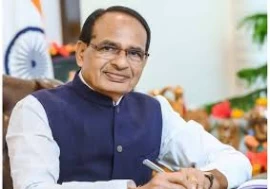
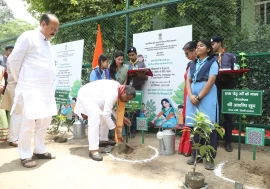
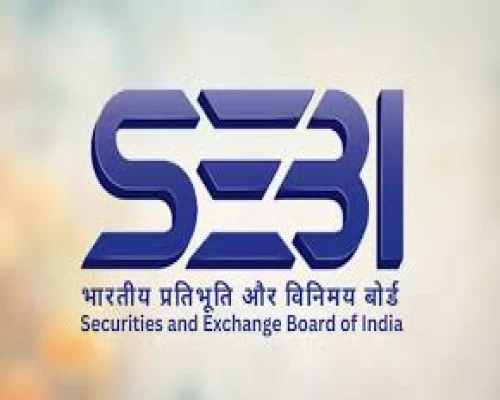

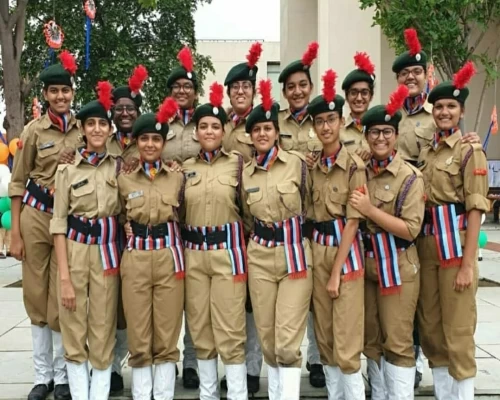
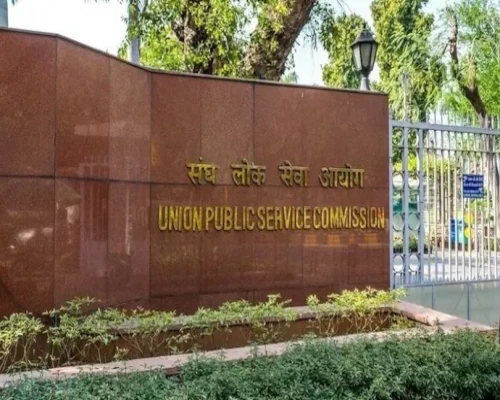


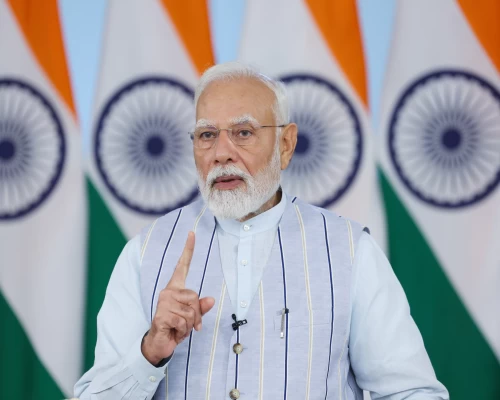
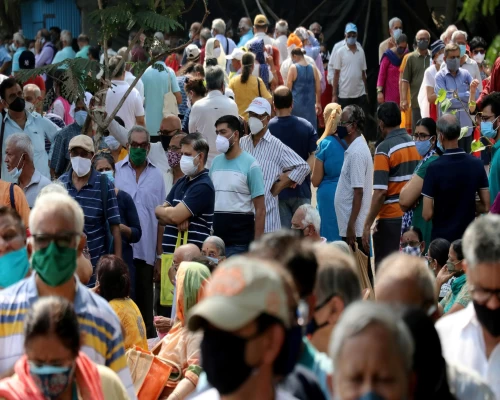

 (13)_500_x_400.webp)